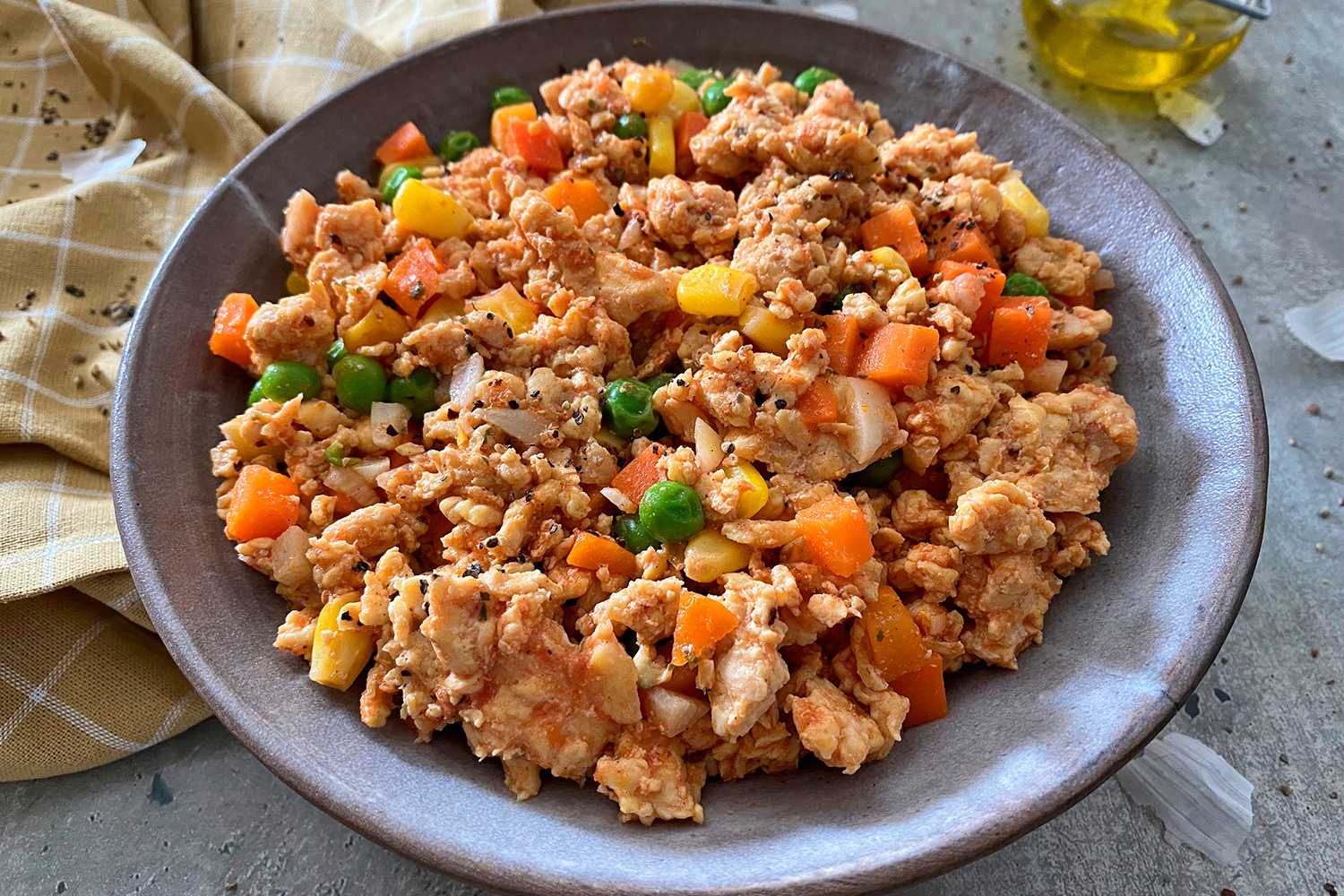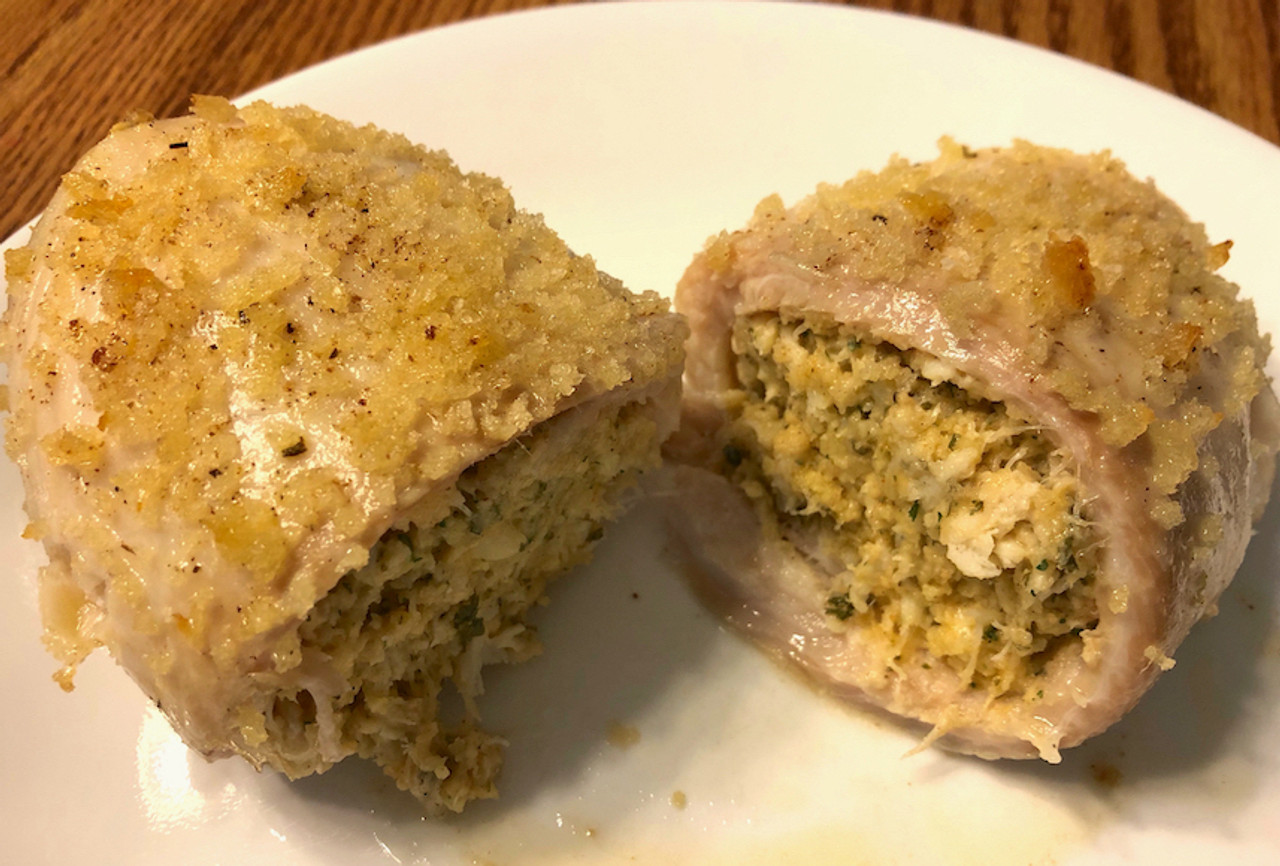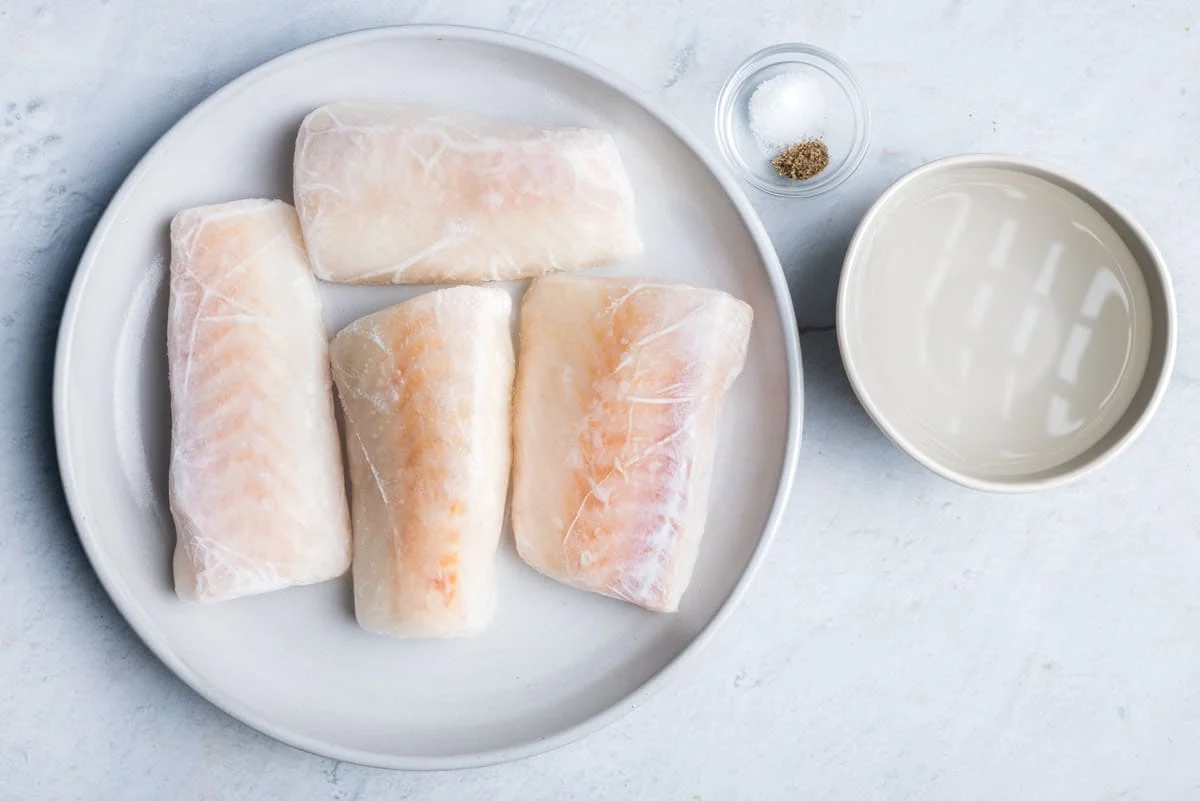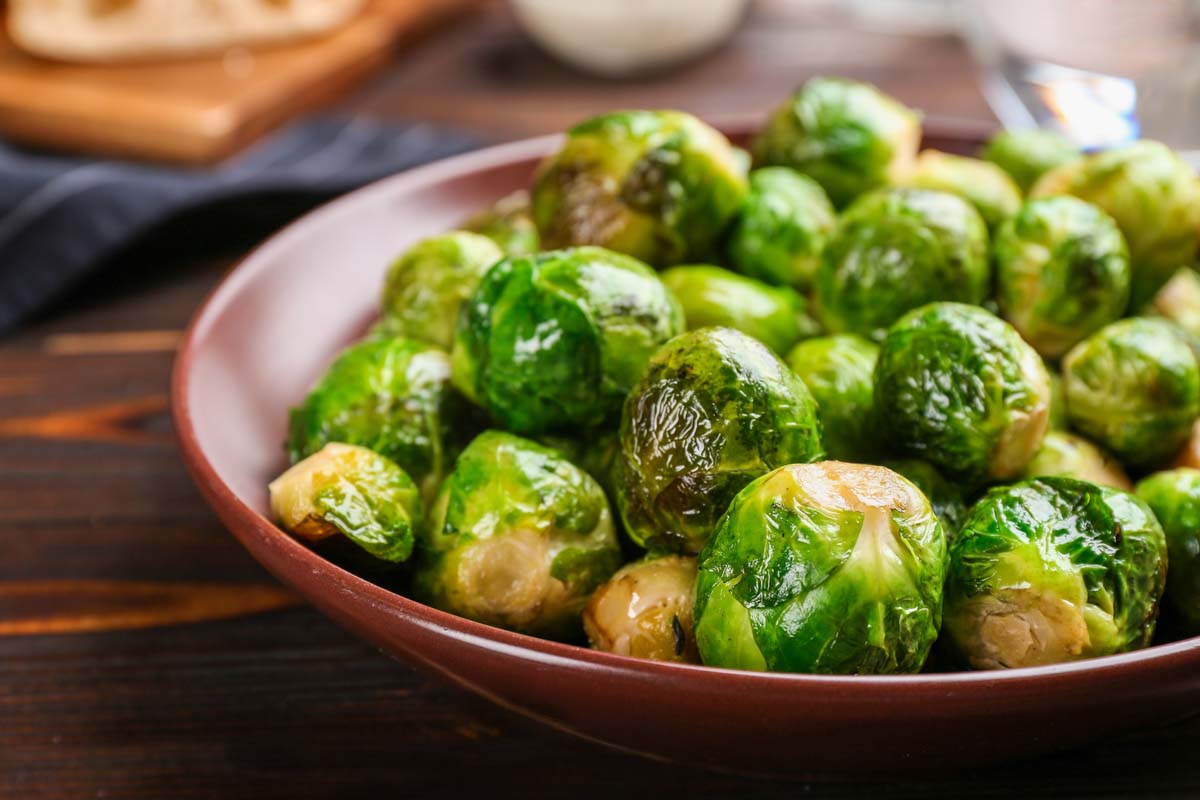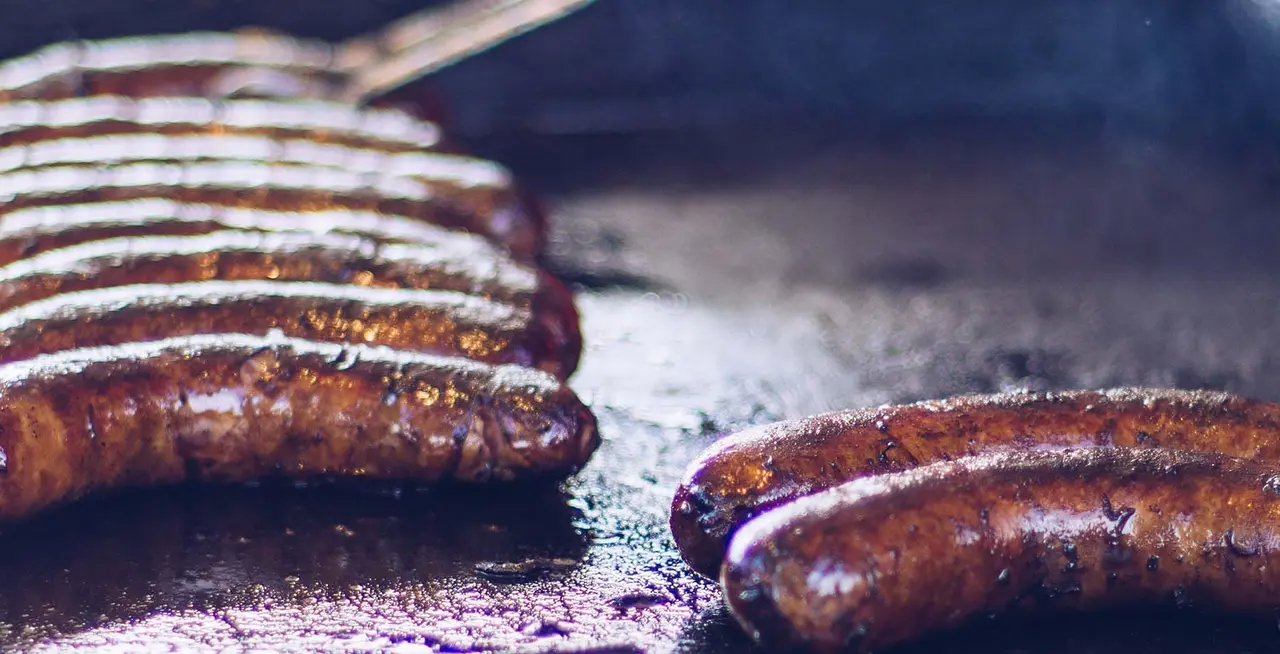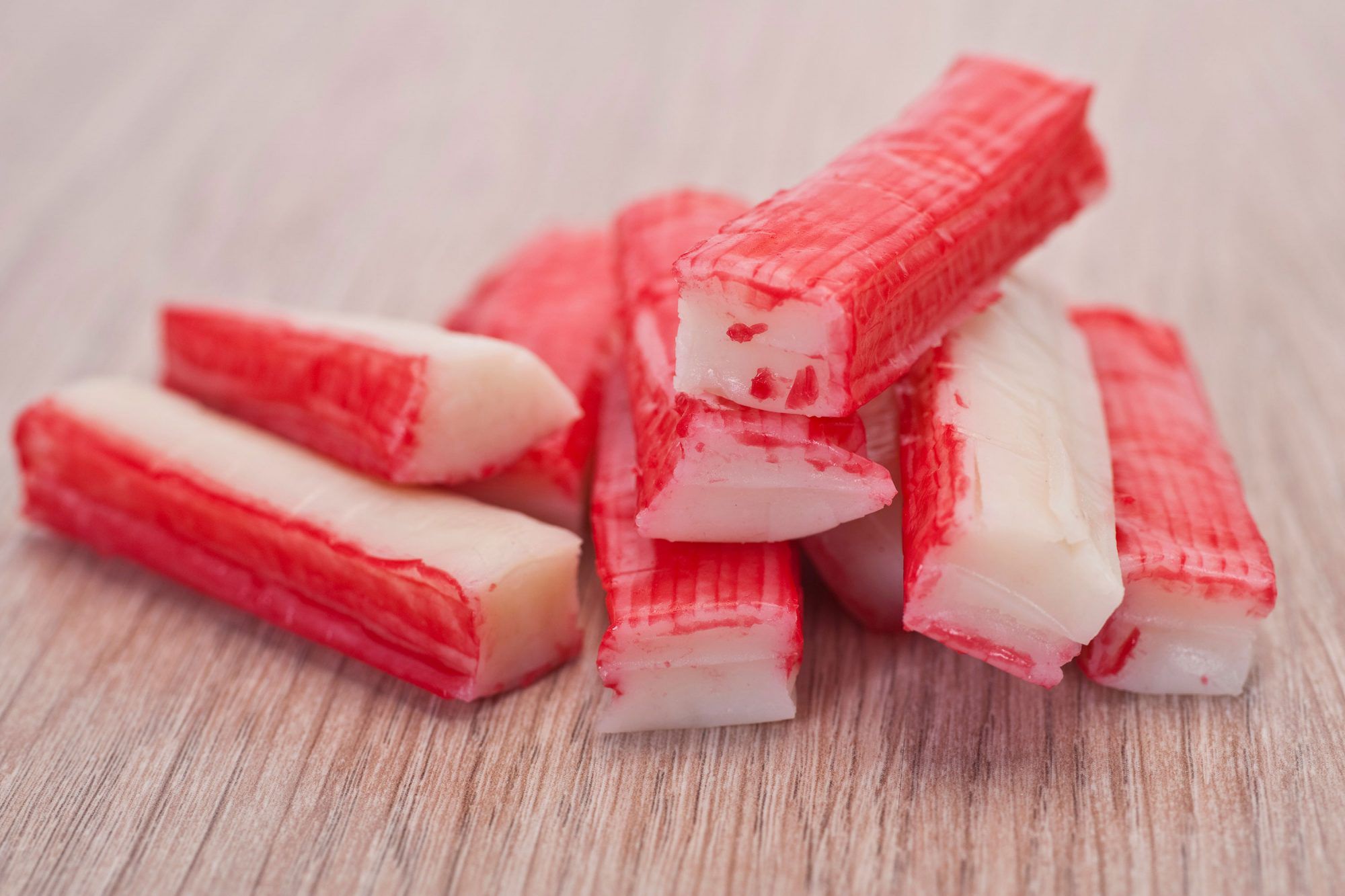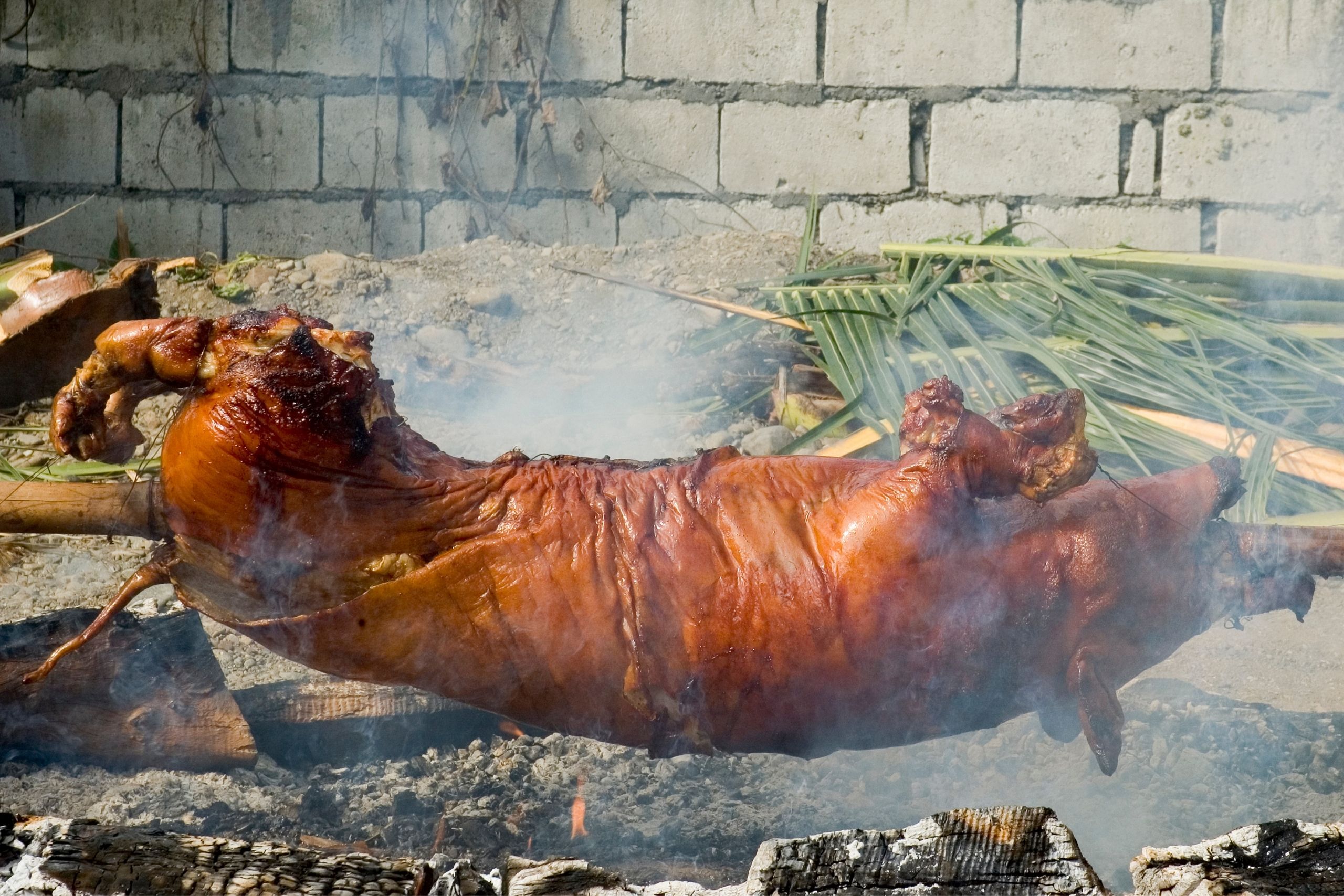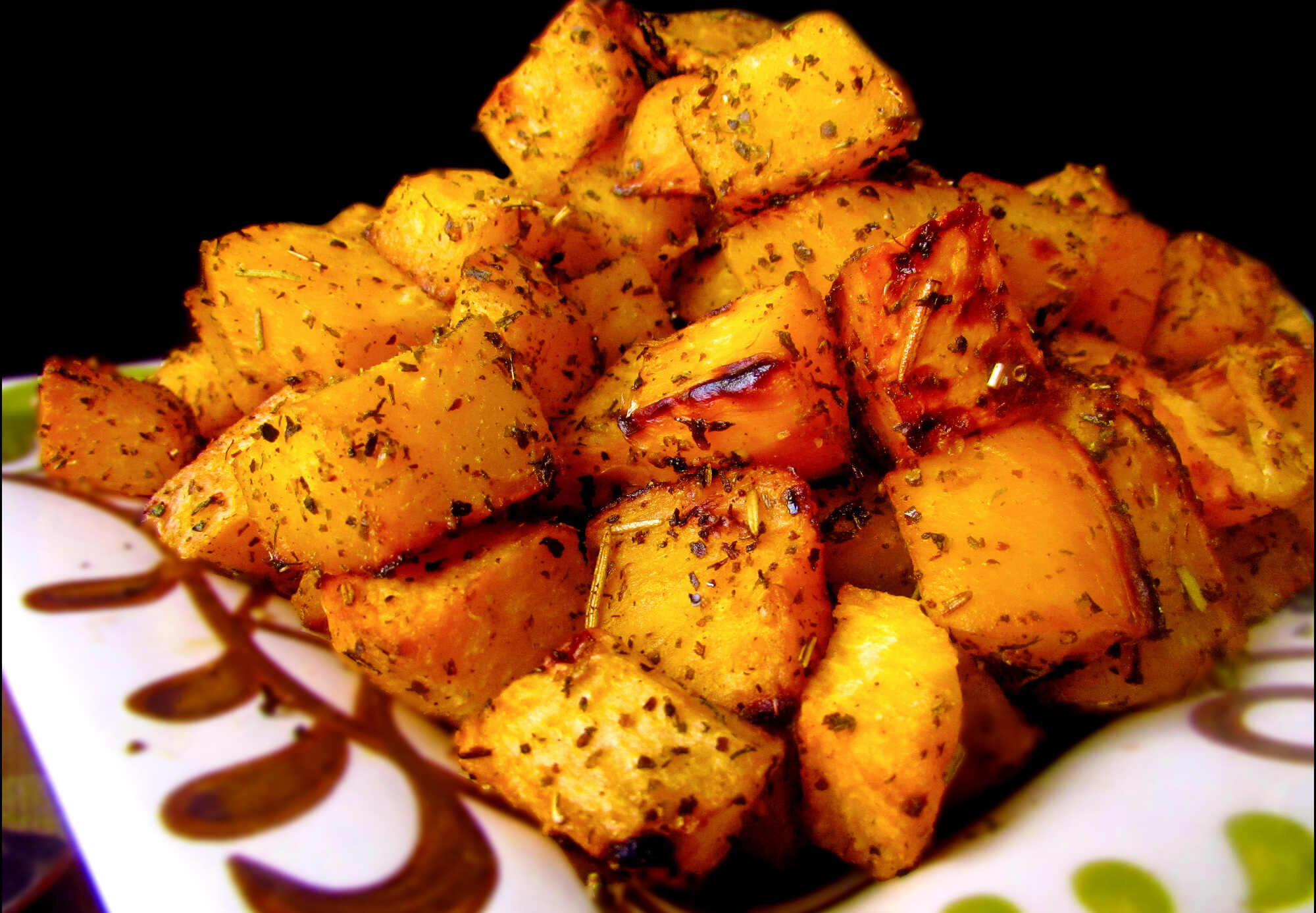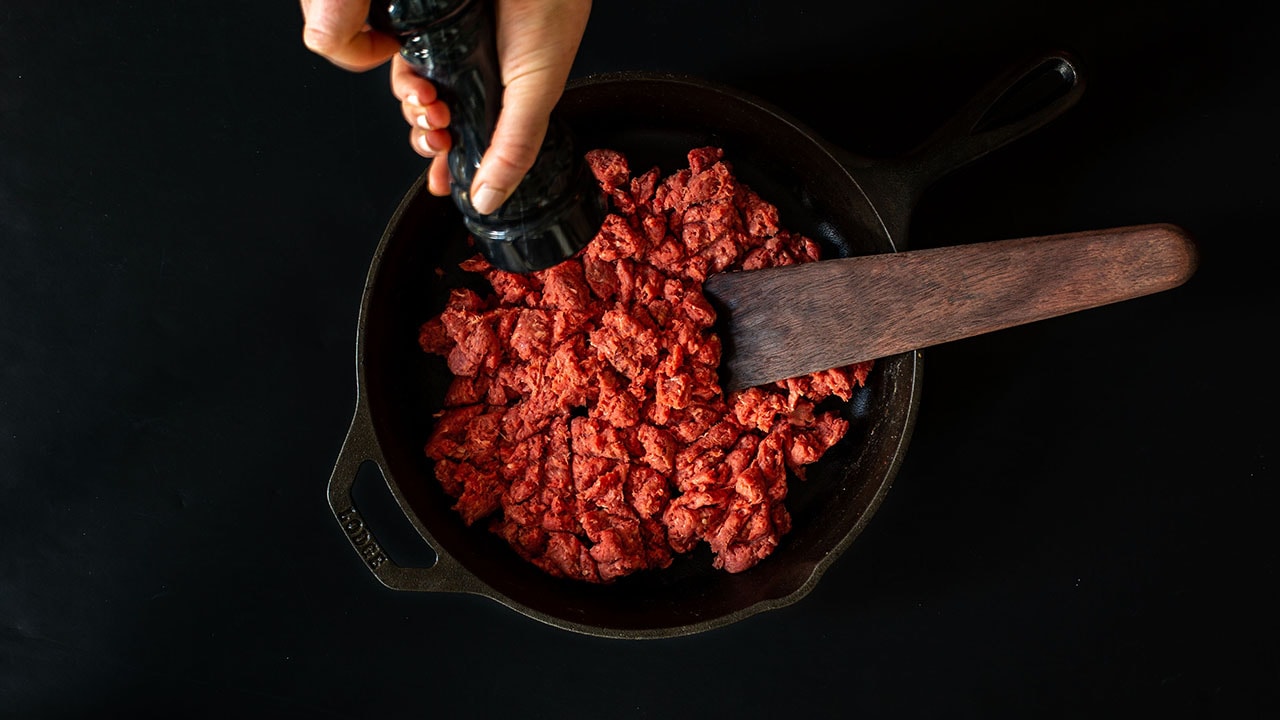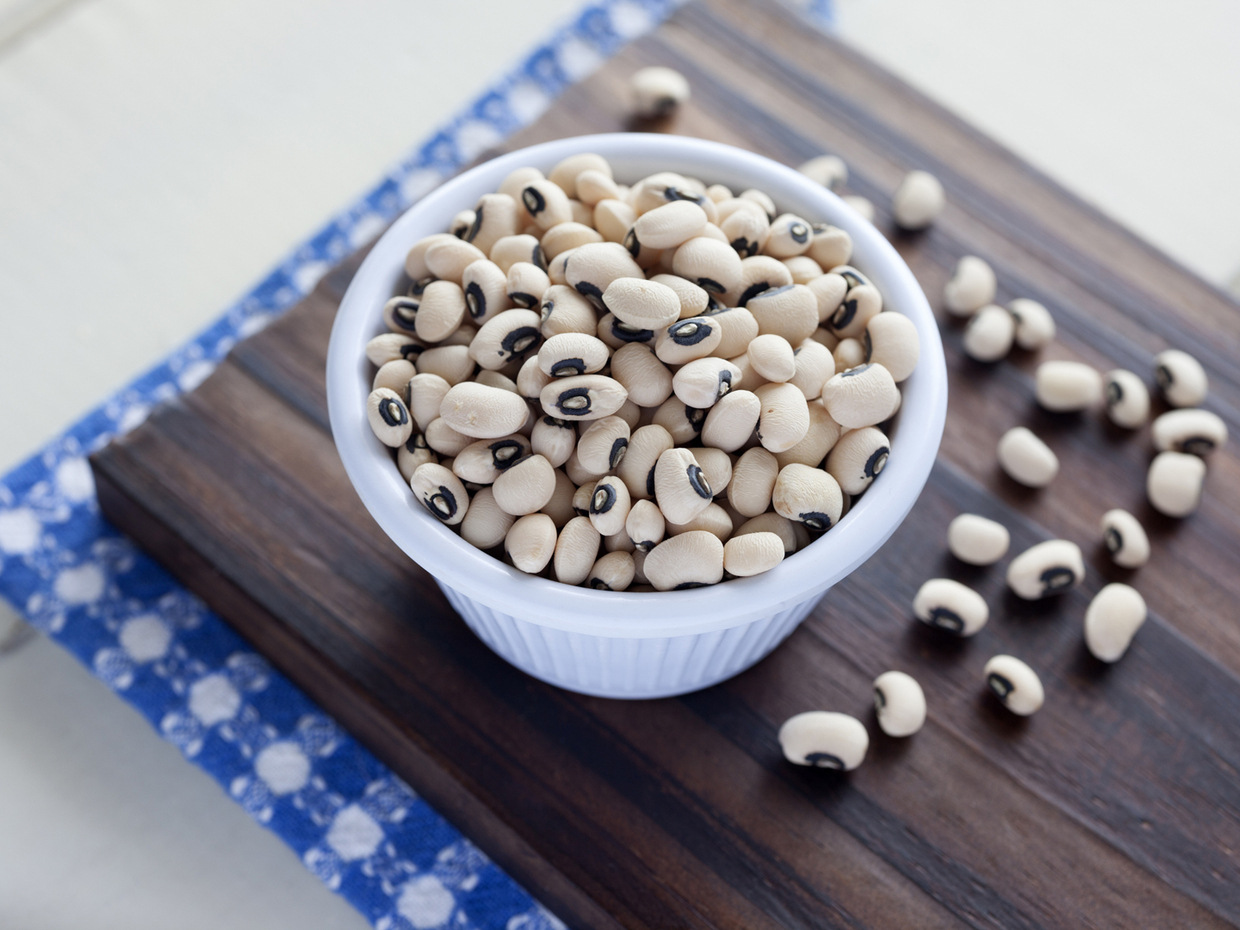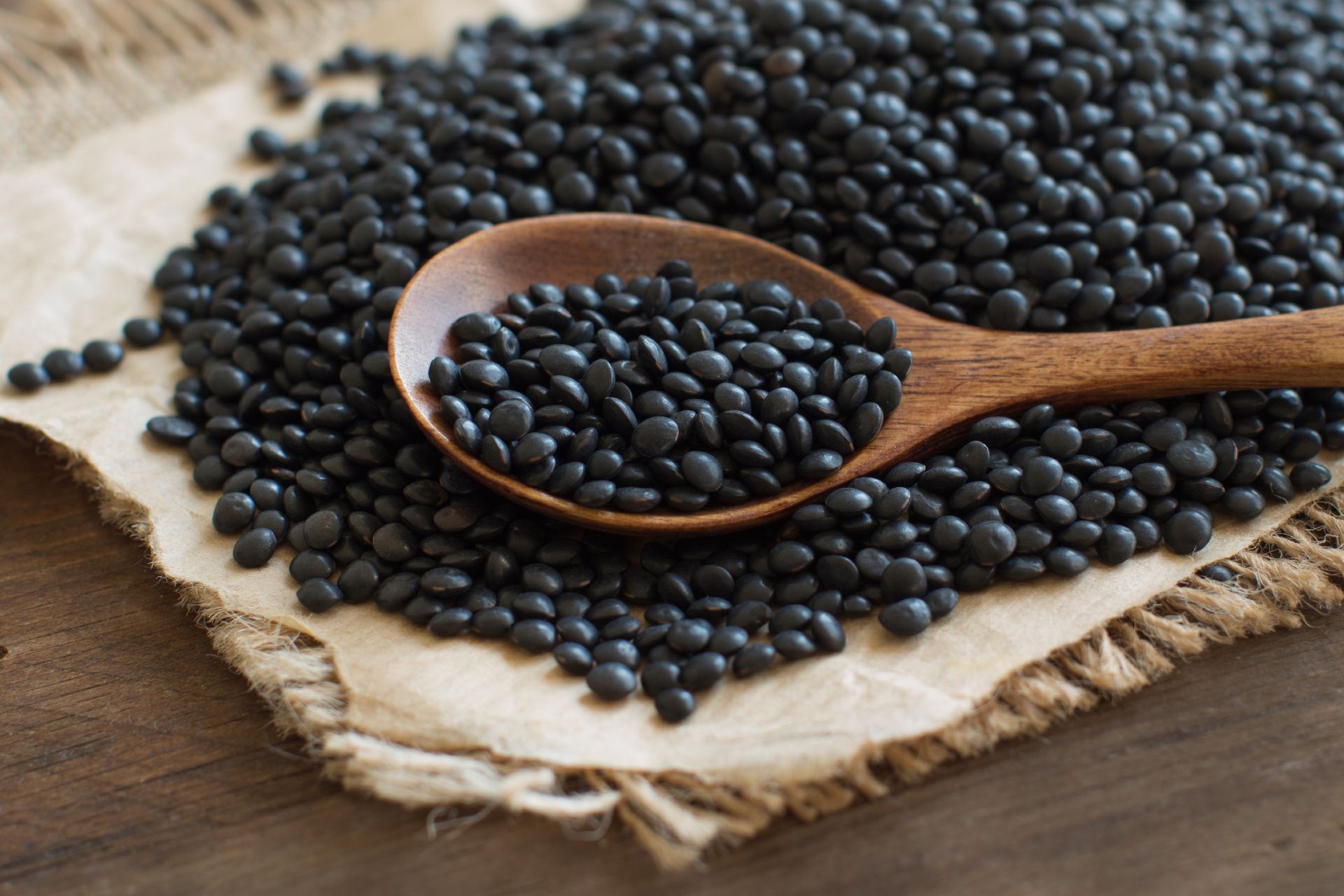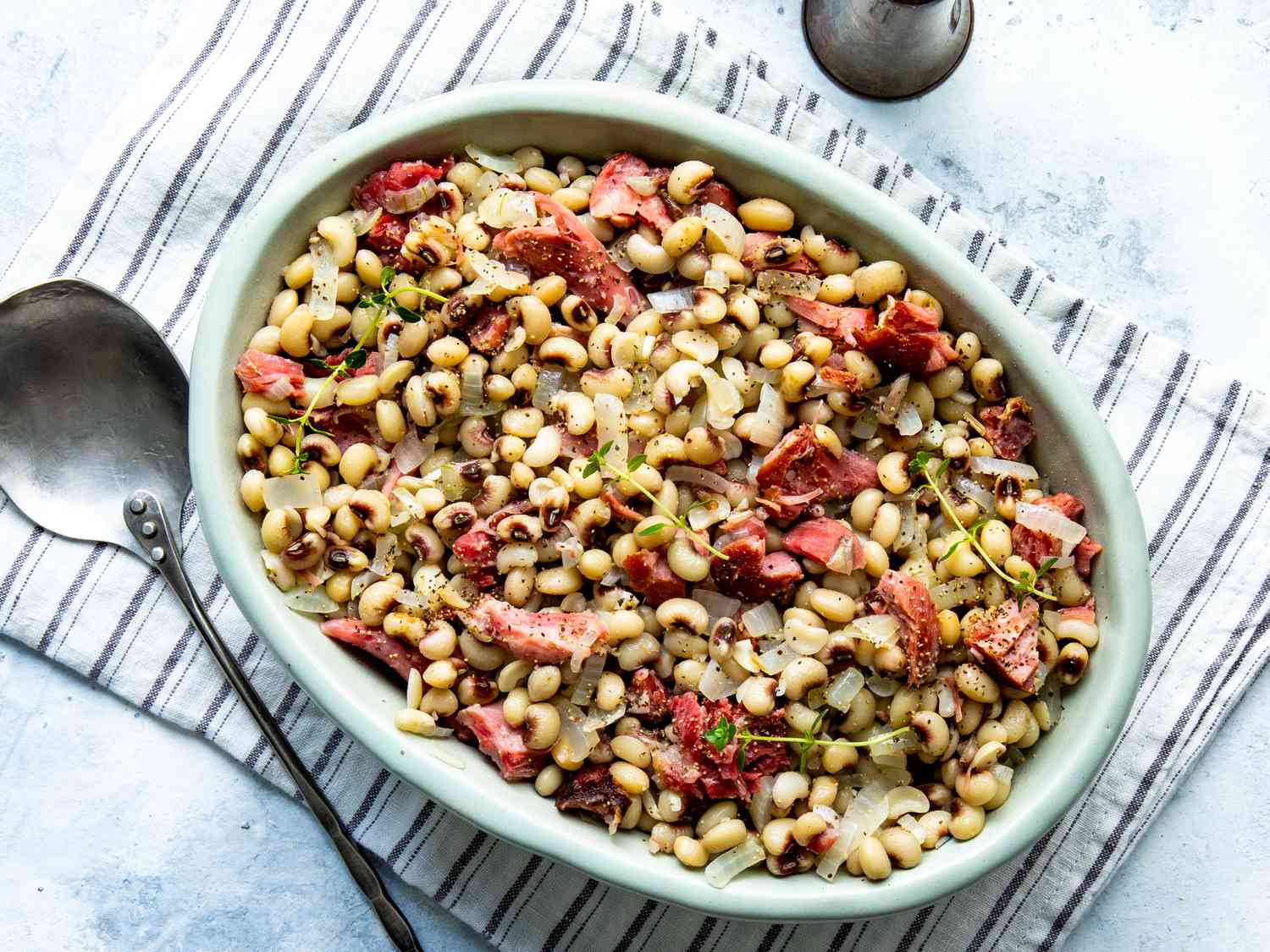Cooking neck bones and potatoes on the stove is a hearty, comforting dish that brings warmth to any table. This traditional recipe, beloved in many cultures, combines tender, flavorful neck bones with soft, earthy potatoes in a savory broth. Perfect for a cozy night in, this meal is not only delicious but also budget-friendly and straightforward to prepare. Whether you're a seasoned chef or just starting out in the kitchen, mastering this dish will add a versatile and satisfying option to your culinary repertoire. Let's dive into how to create this soulful, nourishing meal that promises to delight your taste buds and fill your home with inviting aromas.
Essential Ingredients for Neck Bones and Potatoes
- Neck bones (pork or beef), 2 pounds
- Potatoes, 4 large, peeled and cut into chunks
- Onion, 1 large, diced
- Garlic cloves, 4, minced
- Chicken broth, 4 cups
- Vegetable oil, 2 tablespoons
- Salt, to taste
- Black pepper, to taste
- Paprika, 1 teaspoon
- Dried thyme, 1/2 teaspoon
- Bay leaves, 2
- Green onions, chopped, for garnish
Necessary Tools for Cooking Neck Bones and Potatoes
- Large Pot or Dutch Oven
- Wooden Spoon
- Cutting Board
- Sharp Knife
- Measuring Cups
- Measuring Spoons
- Colander
Cooking neck bones and potatoes on the stove involves simmering them together until tender. Season well, add onions for flavor, and ensure enough liquid to cover bones during cooking.
The Importance of Cooking Neck Bones and Potatoes
Cooking neck bones and potatoes on the stove is a tradition steeped in culinary history, offering a hearty, flavorful meal that's both cost-effective and deeply satisfying. This method maximizes the flavors from simple ingredients, transforming them into a rich, comforting dish that warms the soul and brings families together around the dinner table.
This cooking technique showcases the power of slow simmering, which tenderizes the neck bones while infusing the potatoes with a robust essence. It's a testament to the ingenuity of home cooks who have mastered the art of creating sumptuous meals from modest components, celebrating the essence of home-cooked comfort food.
Your Guide to Cooking Neck Bones and Potatoes
-
Gather Ingredients
- 2 lbs of neck bones
- 4 large potatoes, peeled and cubed
- 1 large onion, chopped
- 4 cloves of garlic, minced
- 2 tablespoons of vegetable oil
- 1 teaspoon of salt
- 1/2 teaspoon of black pepper
- 4 cups of water or broth
- Optional: green onions for garnish
-
Prepare Neck Bones
- Rinse neck bones under cold water.
- Pat dry with paper towels.
-
Season
- Season neck bones with salt and black pepper.
-
Brown Neck Bones
- Heat vegetable oil in a large pot over medium heat.
- Add neck bones to the pot.
- Cook until all sides are browned, approximately 3-4 minutes per side.
-
Sauté Vegetables
- Remove neck bones and set aside.
- In the same pot, add chopped onions and minced garlic.
- Sauté until onions are translucent, about 2-3 minutes.
-
Combine and Cook
- Return neck bones to the pot with onions and garlic.
- Add water or broth to cover the ingredients.
- Bring to a boil, then reduce heat to low.
- Cover and simmer for 1 hour, or until neck bones are tender.
-
Add Potatoes
- Add cubed potatoes to the pot.
- Cover and continue to simmer for another 20-30 minutes, or until potatoes are fork-tender.
-
Check Seasoning
- Taste and adjust salt and black pepper as needed.
-
Serve
- Garnish with green onions if desired.
- Serve hot.
A Final Stir on Neck Bones and Potatoes
Cooking neck bones and potatoes on the stove is a journey back to comfort food, simplicity, and rich flavors. This dish, steeped in tradition, brings warmth to any table with its hearty ingredients and robust taste. Remember, patience is key to letting those flavors meld beautifully. Whether you're a seasoned chef or a kitchen newbie, mastering this recipe can add a classic touch to your culinary repertoire. Keep in mind, the secret lies in the simmer, allowing the neck bones to become tender and the potatoes to soak up all the savory goodness. So, next time you're pondering what to whip up for a fulfilling meal, consider this timeless combination. It's not just food; it's a bowl of memories, a testament to the power of simple cooking to bring people together.
More Delicious Neck Bone Recipes to Try
Once you've mastered the technique of cooking neck bones and potatoes on the stove, why not broaden your culinary repertoire with similar stovetop dishes? For meat lovers, the Stovetop Braised Pork Ribs and Potatoes offers a rich, comforting dish that utilizes a similar braising method. If you’re looking for something slightly different, the Stovetop Veal Neck and Potatoes in Rich Gravy uses a closely related cut for a decadent meal. For those who enjoy game, the Stovetop Wild Boar and Potatoes with Rosemary provides a robust flavor enhanced by the aromatic rosemary. These recipes are recommended as they not only build on the skills you've just learned but also introduce you to the subtle art of flavor pairing and slow cooking, enriching your cooking experience.
Common Questions About Cooking Neck Bones and Potatoes
Can I use any type of potatoes for cooking neck bones and potatoes on the stove?
Absolutely! While russet potatoes are a popular choice due to their fluffy texture when cooked, feel free to experiment with red or Yukon gold potatoes for a creamier consistency. Just remember, smaller potatoes might cook faster, so adjust your cooking time accordingly.
What's the best way to ensure my neck bones are fully cooked?
Patience is key here. Neck bones need to simmer on a low heat for a good while to become tender. A solid tip is to cover them with water, bring to a boil, then reduce to a simmer for at least two hours. They're ready when the meat easily falls off the bone.
How can I add more flavor to the neck bones and potatoes?
Spices and aromatics are your best friends. Adding onions, garlic, bay leaves, and a blend of your favorite herbs can really elevate the dish. Don't shy away from a good seasoning salt or even a splash of vinegar to brighten up the flavors.
Is there a way to thicken the sauce without using flour?
Sure thing! One trick is to remove a few cooked potatoes from the pot, mash them up, and stir them back into the sauce. This natural thickener adds a rich texture without altering the flavor too much.
Can I cook neck bones and potatoes in advance?
Cooking in advance is actually a great idea. These dishes often taste better the next day after the flavors have had time to meld together in the fridge. Just ensure to store it properly in an airtight container and reheat gently on the stove.
What should I serve with neck bones and potatoes?
This hearty dish pairs wonderfully with simple sides like steamed green beans, cornbread, or a crisp salad. They balance out the richness and make for a well-rounded meal.
How do I know when the potatoes are done?
The fork test never fails. Poke a fork into a potato; if it slides in easily without resistance, they're ready. Keep an eye on them, though, as you don't want them turning too mushy.
Was this page helpful?
Read Next: How To Cook Kelp Noodles
